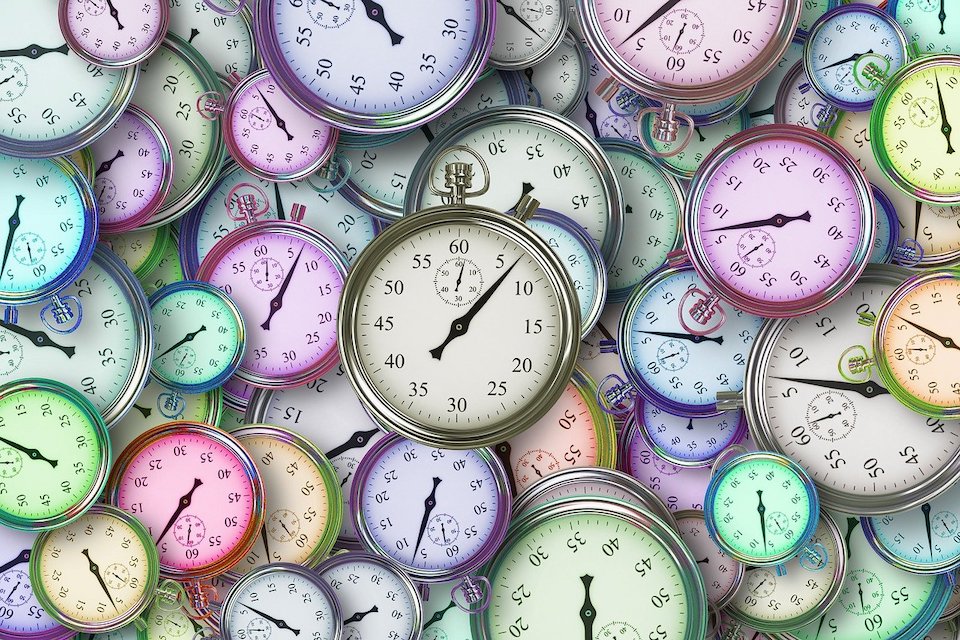
Adrian Chesson offers some simple tips on how taking just five minutes can create a little bit of space to give a big boost to your wellbeing.
I am proud to be part of a team here at the Office for National Statistics, honing and producing essential economic statistics, used across government and society to inform important decisions.
Like so many, my colleagues and I had to make the shift to working from home when virtually everything changed over a year ago. With these overnight changes came the urgent need to adapt and find new ways to support each other.
Looking after each other
Watching for danger signs that a colleague needs a little help, or recognising that someone in your team is perhaps overdoing it is crucial to keeping a happy, healthy workplace.
Being prepared to listen and offering support or sharing ideas that have helped with our own wellbeing can have a powerful impact.

We need to do all this stuff in normal times, but when the global pandemic hit, so many of us were thrown into a new world, this support became perhaps even more important.
Despite the challenges, I want to share how we have given that little bit extra, checked in on colleagues and created a bit of breathing space to help look after ourselves.
Each month a different person on our team leads a range of wellbeing activities for the benefit of everyone. The activities are totally optional, but varied enough to appeal to most people whilst not so time consuming that people don’t want to engage.
They include quizzes, little exercise challenges, stress and burnout awareness sessions, resilience training and so much more. Combining this with regular contact - on MS Teams and phone - and looking out for each other has helped strengthen our teams bond and developed a culture of supporting and boosting our wellbeing.
Stay in touch
Most of the team were working from home so back-to-back meetings were cramming our diaries. We were striving to keep that regular contact going, for our work and to stay in touch.
However, some of us were struggling to take a break. So to beat meeting fatigue, we introduced a simple but effective initiative to schedule the start of meetings five minutes later. Only five minutes! I hear you cry! Can that really make a significant difference? Well, believe it or not, yep!
Reap the benefits
This practice spread fast, and now many of us are reap the benefits of taking five minutes out between meetings. Just enough time to rustle up a a cup of tea (which for me is essential), take a break from the computer screen or perhaps to simply reflect on the previous meeting.
And if I may offer a little extra tip, we found it so much easier to schedule meetings to start five minutes later rather than rushing to finish meetings five minutes early.
Making that difference
Some things we do to help support others may be quite big, others may be small, but at the end of the day, for us, five minutes really has made a difference.

3 comments
Comment by Simon Reed posted on
For those using Google Mail & Calendar: from the Calendar go to Settings, Event settings, and click on 'Speedy meetings'. It makes the default duration of meetings be multiples of 25 minutes instead of 30.
That gives you 5 or 10 minutes at the end of each meeting to file notes, take a break, get a drink or prepare for the next meeting.
Comment by Rajitha Ratnam posted on
We started doing this in our team at DVSA and it really helps!
Comment by Leona Seaton posted on
Thank you for the tip. I will give it a try. i sit on meetings with Colleagues from the NHS and every so often during the meeting they pause and tell people to go to a window and look 20 meters in to the distance - i think it is to reset your eyes and standing up helps your mind and body.